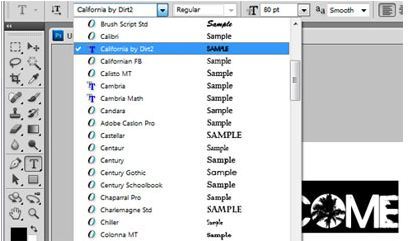

The lighter strokes of this font make its readability for smaller displays. This clean typeface is based on the design of the Century Roman. This font style is a member of the Serif font Family. This typeface was designed on the demand of a textbook publishing company named Ginn & Co. For the German lower-case diacritical marks, all Headline Types complements contain alternative integrated accents which allow the compact setting of lower-case headlines.Century Schoolbook Font is specially designed for the textbook font. For a number of Bodytypes, hairlines and serifs were thickened or the whole typeface was adjusted to meet the optical requirements for setting type in small sizes. For the Bodytypes, fine spaces were created which prevented the smear effect on acute angles in small typesizes. In addition to the adjustment of spacing, there are also adjustments in the design. The kerning tables, as well, have been individualized for each of these type varieties. That of the Headline Types is decidedly more narrow in order to do justice to the requirements of headline typesetting. That of the Bodytypes is adjusted for readability. The most obvious differentiation can be found in the spacing. One is designed specifically for headline typesetting (SH: Scangraphic Headline Types) and one specifically for text typesetting (SB Scangraphic Bodytypes). Since the release of these fonts most typefaces in the Scangraphic Type Collection appear in two versions. And, of course, it gets on well with its sharper sibling, Sinter.
ADOBE FONT CENTURY SCHOOLBOOK FULL
A full range of diacritics provides support for over 130 languages. Tabular figures duplex across all weights, case-sensitive forms keep punctuation in line, and an array of alternative glyphs let designers vary its mood at will. This redrawn and expanded version of the best-selling text/display family now boasts nine weights, ranging from the taut, elegant Thin to the massive Ultra, each with a matching italic. A combination of open counters, unequivocal curves, and ruler-straight vertical and horizontal strokes suit it admirably for onscreen display. Its branches are angled in homage to OCR-A.

Based on a rounded rectangle, its geometry has been subtly refined for smoother reading. Aldo Novarese knew it in 1962 when he designed Eurostile.

Hermann Zapf knew it in 1952 when he designed Melior. Georg Trump knew it in 1930 when he designed City. The Century Gothic font family is useful for headlines and general display work and for small quantities of text, particularly in advertising.The Century Gothic family has been extended to 14 weights in a Pan-European character set from Thin to Black and their Italics.The already existing 4 weights of Regular and Bold with their Italics are additionally still available in the STD character set.The W1G versions featuring a Pan-European character set for international communications supports almost all the popular languages/writing systems in western, eastern, and central Europe based on the Latin alphabet including several based on Cyrillic and Greek alphabets. The design is influenced by the geometric style sans serif faces which were popular during the 1920s and 30s. Century Gothic maintains the basic design of 20th Century but has an enlarged x-height and has been modified to ensure satisfactory output from modern digital systems. Century Gothic™ is based on Monotype 20th Century, which was drawn by Sol Hess between 19.


 0 kommentar(er)
0 kommentar(er)
